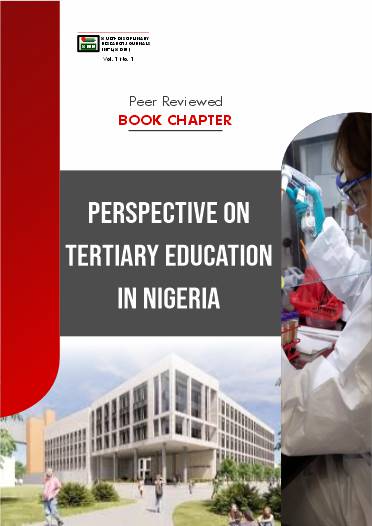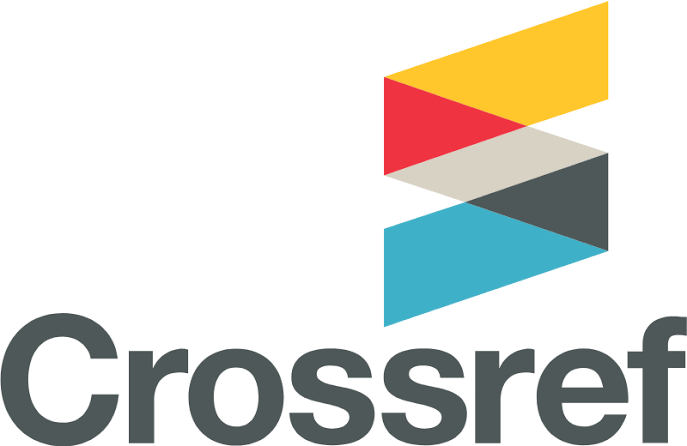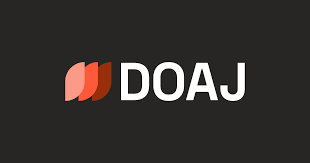MIXED METHODS RESEARCH APPLICATION IN TERTIARY INSTITUTIONS
DOI:
https://doi.org/10.59795/m.v1i2.168Keywords:
Mixed methods; Tertiary education; Human resource management; Nigeria; IntegrationAbstract
Mixed-methods research integrates quantitative and qualitative approaches within a single study to answer complex questions more fully than either approach alone. This chapter introduces mixed-methods principles and designs, explains practical steps for designing and implementing mixed studies, and discusses strengths and limitations with special attention to applications in Nigerian tertiary institutions. After defining core terms and philosophical grounding, the chapter describes primary mixed-methods designs (convergent/parallel l, explanatory sequential, exploratory sequential, and embedded), and explains practical strategies for integration (connecting, building, merging, embedding) and reporting (joint displays, narrative integration). Implementation steps—framing purposes, choosing designs, sampling, data collection, analysis, integration, validity/legitimation, and reporting—are presented as an operational roadmap. The chapter also summarizes advantages (triangulation, complementarity, contextualization, improved reach) and disadvantages (resource demands, integration complexity, potential bias, need for dual expertise). Finally, the chapter applies mixed-methods reasoning to human resources management problems that hinder effectiveness in Nigerian tertiary institutions (inadequate funding, brain drain, poor incentives, weak training/professional development, politicized appointments), and proposes evidence-based solutions (targeted funding reforms, strategic HRM and retention packages, capacity building, performance-based systems, digital HRM tools, and international partnerships). Practical recommendations for researchers and administrators conclude the chapter.
Downloads
Published
How to Cite
Issue
Section
License
Copyright (c) 2025 Multi-Disciplinary Research and Development Journals Int'l

This work is licensed under a Creative Commons Attribution-NonCommercial-NoDerivatives 4.0 International License.












